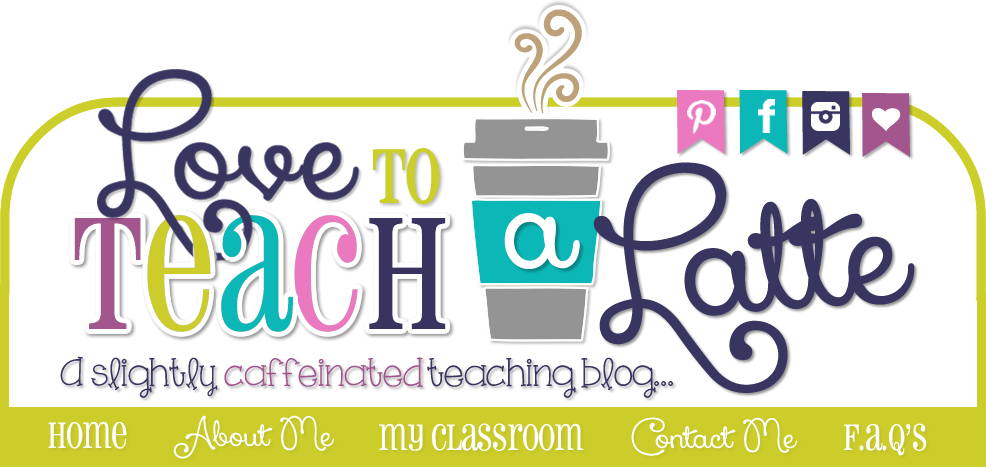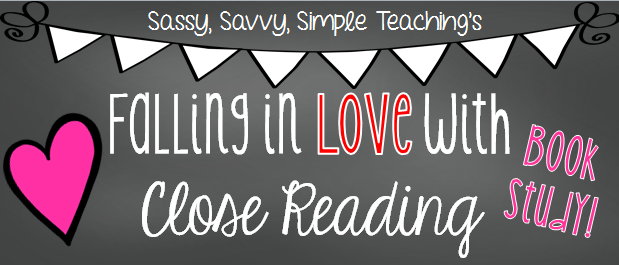Do your students have a hard time deciding what is a topic and a main idea? Well mine do! This is evident when they are researching a topic in the pre-writing stage. They come to writing conference with their web filled in with great details, but many times they're not related. Also, the main idea is very vague, which resembles a topic. So some more instruction needed to be done.
I used this activity to teach in a scaffold method. I read a non-fiction text about penguins. I used Penguins from reading a-z.com which, side note is a fabulous resource. I read with the kids because I was able to project the book on the smart board, and showed them how monitor their reading. I did this by using a note-taking strategy.
I'm not sure of the source but here's what I use:
~ a squiggle line under the word means the reader is unsure how to decode the word
? is used if the meaning of a word is confusing
! is used the fact is cool, interesting or reminds the reader of something
We've been using this in reading group as well. I just have them use the small tab post-its since they can't write in the book. It's really helped the kids monitor their reading, and creates A TON of great discussion about what their reading. At the end of the day I think talking about words, and books is what helps our kids become life-long readers, not prepping for a test.
After the think aloud, I showed them the difference between topic, and main idea, which they always seem to have a hard time deciphering. I projected the first web.
We talked about how the main idea and the details go together. This opening was a quick “Watch Me” part of the lesson. Then the kids did a Daily 5 rotation. After that we came back together and read another section in the book. Then I gave out the next 2 webs on a 2 sided sheet so they could refer to it when they later work independently.
We looked at the side that was partially filled in first and they worked together in table groups to complete the main idea and missing detail using the text. This was the “Let’s Practice Together” part of the lesson. We did another Daily 5 rotation. After, I let them read a section of the book on their own and fill in the blank web on their own. This was the “I can do this on my own” part of the lesson. The kids were engaged because of the short bursts of instruction, interesting topic, and the feeling of fully understanding what was expected of them. Even my littles that tend to struggle with reading seemed confident in completing the activity on their own.
I’m also planning to use the blank web to help them plan for writing their non-fiction book... stay tuned for that.
If you are interested in this FREEBIE pick it up on TPT! Hang in there hard-working teachers! You're doing a great job! Even if some days the task seems impossible, you are making a difference! Those littles are luck to have you!


















.png)
































